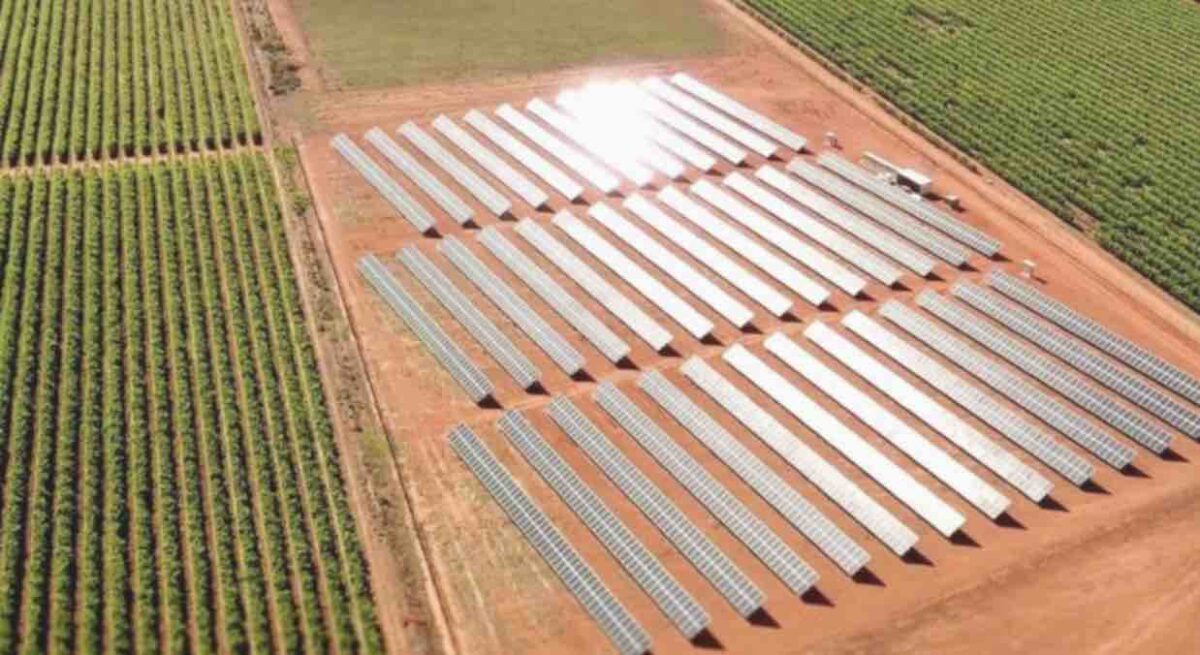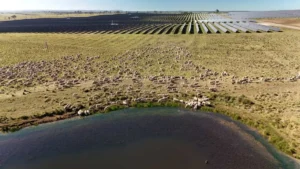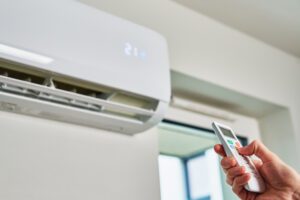The Australian Energy Market Operator has unveiled a new engineering roadmap to do what many have thought – and some still think – is impossible: Allow the country’s main grid to operate with 100 per cent instantaneous renewables.
The engineering roadmap identifies 80 key actions that AEMO says it needs to make over the next 12 months, and it outlines four key areas of focus – managing distributed energy such as rooftop solar, enabling new technology such as grid inverters, more power system studies, and building “operational readiness.”
AEMO has said that instants of 100 per cent renewables are likely to be presented as early as 2025, although it is not yet clear if it will be in a position to allow that to happen.
Already, the report notes, there have been occasions when the share of renewables could have been as high as 88 per cent, but ended up being a lot lower because of various constraints – sometimes system, sometimes network, but often economic because of negative prices.
AEMO says that mostly the output of renewables broadly matches its potential at any given time (based on the amount of wind and solar irradiation), but in some cases it is significantly different because many wind and solar farms are obliged to, or choose to, switch off when prices fall below zero.
“If there was more load shifting to the middle of the day to increase daytime operational demand, renewable penetrations would be anticipated to increase closer to the renewable potential,” the report notes.
Load shifting can include storage and household and industrial uses. But getting to 100 per cent renewables will require more than simply producing more renewables and shifting demand and building storage. It will also be about having the right systems and controls in place.
There have been several significant milestones on renewable energy penetration reached in the past financial year.

These include a new high for instantaneous penetration of renewables (68.7 per cent) reached on October 28 last year, when the “potential was 77.5 per cent.
The highest renewable potential was achieved on November 20, with a new peak at 87.5 per cent, but the actual penetration was just 65.5 per cent because or the various constraints.
South Australia, which leads the world in the uptake of wind and solar with an average of 71 per cent over the last 12 months, set a new benchmarked when its grid operated as a “synchronous island”, effectively isolated from the main grid, and reached a high of 91.5 per cent wind and solar on November 19 last year.
That event – for a half hour period – provided some fascinating insight into how the grid can be managed. At the time, the report says, up to 400MW of rooftop PV was curtailed through the combination of smart inverters and voltage controls.
AEMO saw this action as necessary because it feared it could not control the grid otherwise, and it is why it has been pushing vigorously for the better control and orchestration of distributed assets – rooftop solar, and battery storage and EVs – in South Australia and other states.
“Ensuring acceptable performance from DER in response to disturbances, and the ability to securely operate the power system with increasing penetrations of DER, will be critical to maximising the utility of this abundant energy resource,” the report says.
AEMO’s challenge is how to allow these events to occur on a regular basis, and eventually as routine as the grid heads towards 100 per cent renewables as the defacto annual share.
“Readiness for 100% instantaneous renewables is a critical enabler for being able to operate the power system regularly with high penetrations of renewables, in turn supporting the transition to a net zero energy system,” AEMO’s head of Future Energy Systems, Chris Davies, said in a statement.
The focus on distributed energy is a key part, and AEMO’s engineering roadmap flags tighter control of inverter standards, and also flags potential new standards for small scale solar farms – less than 5MW – that currently are not subject to the strict connection protocols that apply to bigger installations.
AEMO wants to better understand the impact of grid disturbances on the growing number of small scale solar farms, and if necessary apply minimum standards.
The focus on inverter compliance is to eliminate any loopholes – it says it will seek to remove legacy grid code options – and also to ensure that new technologies such as EVs are also compliant.
The other works to be undertaken in the coming year include more power system studies, to better understand and manage a grid operation with no fossil fuel synchronous generation, and to advance the work on grid forming inverters, one of the key replacement technologies.
AEMO is also looking at boosting its own resources and grid management skills, as well as its ability to forecast energy adequacy and quantify the variability of wind and solar and uncertainty over different timeframes.
And it has identified the need to perform more studies to assess system adequacy as the grid transitions to its periods of 100 per cent renewables.










